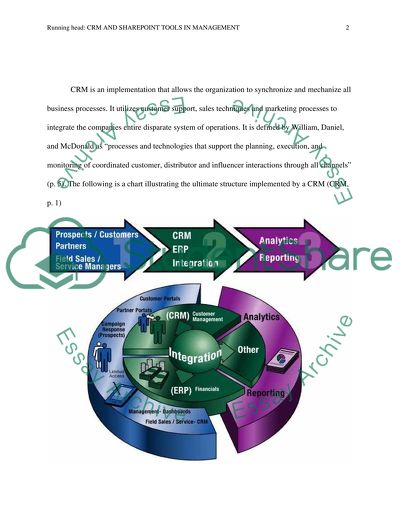Cite this document
(“CRM & SharePoint Tools In Management Research Paper”, n.d.)
Retrieved from https://studentshare.org/family-consumer-science/1413802-crm-sharepoint-tools-in-management
Retrieved from https://studentshare.org/family-consumer-science/1413802-crm-sharepoint-tools-in-management
(CRM & SharePoint Tools In Management Research Paper)
https://studentshare.org/family-consumer-science/1413802-crm-sharepoint-tools-in-management.
https://studentshare.org/family-consumer-science/1413802-crm-sharepoint-tools-in-management.
“CRM & SharePoint Tools In Management Research Paper”, n.d. https://studentshare.org/family-consumer-science/1413802-crm-sharepoint-tools-in-management.


